"Reaching 500,000 electric vehicles in California is yet another indicator that the future of transportation is electric. And that future is approaching faster than ever," said Veloz board Chair David Hochschild. "We have seen monthly sales of electric vehicles triple this year, and California is well on our way to 5 million by 2030."
The selected OPEN 2018 projects are in 21 states and fall into nine technical categories, including transportation, electricity generation and delivery, and energy efficiency.
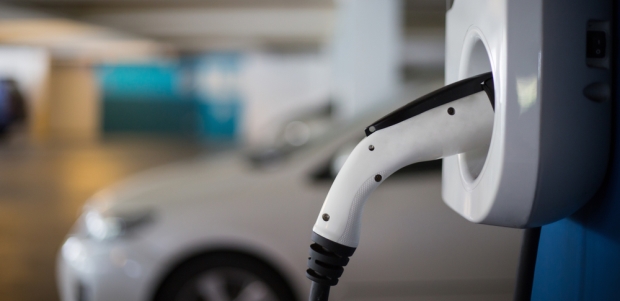
The funding comes from Pennsylvania's $118 million settlement with Volkswagen Group of America for cheating on EPA emissions tests, and the grants and rebates are available through Gov. Tom Wolf's Driving PA Forward initiative, which aims to permanently reduce nitrogen oxide (NOx) pollution from vehicles.

"Although tough new engine standards are in effect now and will eventually lower emissions, most agricultural equipment lasts for decades. We cannot wait for the older dirtier equipment to phase out naturally, so we are taking action to improve air quality sooner by helping farmers to buy cleaner farm equipment now," CARB Executive Officer Richard Corey said.
Volvo Buses has now sold more than 4000 electrified Volvo buses to customers around the world, the company announced March 14, saying its latest order is for 90 hybrid buses from Brussels.
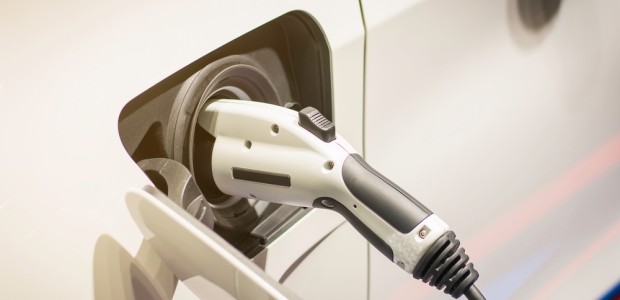
EV adoption continues to grow in California, but lack of charging locations remains one of the biggest barriers. PG&E said its EV Charge Network will support the adoption of EVs by increasing access to charging in locations where it has traditionally been limited and where cars often sit for longer periods of time, like workplaces and apartment buildings.
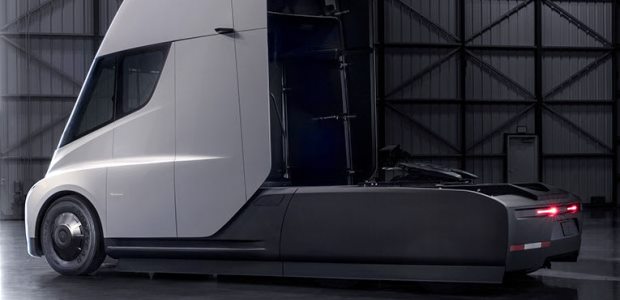
The preorder of Tesla vehicles advances UPS's commitment to reduce its absolute greenhouse gas emissions from global ground operations 12 percent by 2025, the company said, adding that, by 2020, it plans that one in four new vehicles purchased annually will be an alternative fuel or advanced technology vehicle.
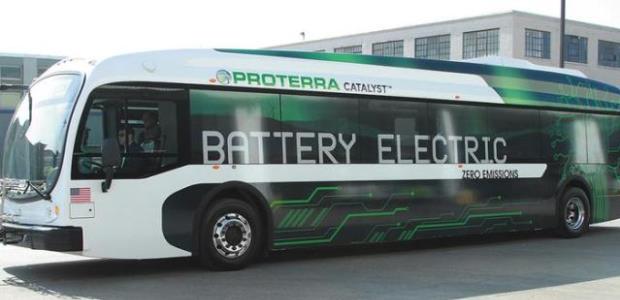
The plan allocates $398 million to incentivize clean heavy-duty trucks, buses, and freight projects, including $190 million for advanced-technology freight equipment such as yard trucks, forklifts, and cranes. Most of the money comes from California's cap-and-trade auction proceeds.

The city's mayor and other officials called on the tech industry to develop solutions to scale EV charging hubs and speed up the use of electric vehicles across New York City.

The state promises that its zero-emission vehicle and infrastructure investments will advance Gov. Cuomo's clean transportation and climate change goals by reducing greenhouse gas emissions.
"In New Orleans, we face a triple threat: subsidence, coastal erosion, and sea level rise. This strategy will help us transition to a low-carbon economy that not only helps manage our climate risk, but also creates new businesses, jobs, and wealth," Mayor Mitch Landrieu said.
With two Kia Souls and two electric chargers, the residents of south Sacramento’s Mutual Housing at Lemon Hill can use the cars for trips to the grocery store, doctors’ appointments, job interviews and other errands.

So far, California Climate Investments have supported electric school buses in Sacramento, electric yard trucks in Fontana, hydrogen-powered buses in the Coachella Valley, and a fleet of electric delivery trucks for Goodwill Industries in the Bay Area.
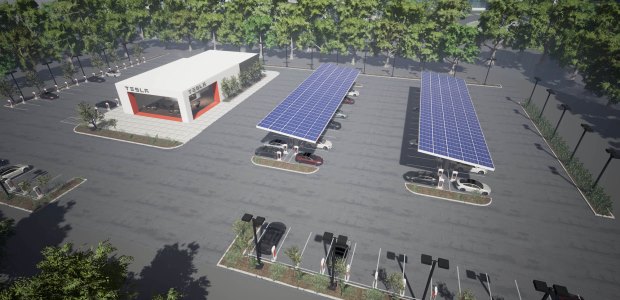
Having begun 2017 with more than 5,000 Superchargers globally, Tesla by the end of 2017 expects to have more than 10,000 Superchargers and 15,000 Destination Charging connectors in operation worldwide.
The new collaborations are focused on advanced manufacturing, buildings, bioenergy, solar, fuel cells, geothermal, vehicles, water, and wind energy.
The company said today's variety of hybrid, electric, and plug-in hybrid vehicles recommended by KBB.com editors "all offer stellar fuel economy at affordable prices for the environmentally conscious new-car shopper."
The initiative will help drivers find alternative fuels and contribute to smart city development.
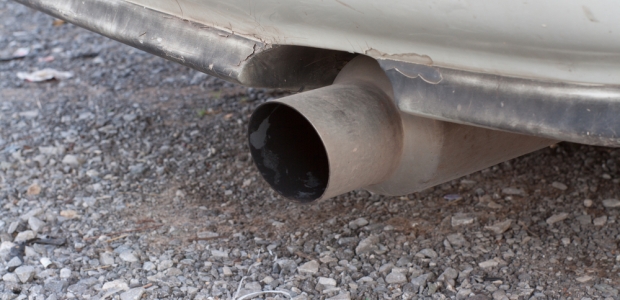
They also committed to accelerated deployment of clean vehicles in government fleets; working with industry to encourage the adoption of clean vehicles; and encouraging public and private infrastructure investments to establish North American refueling corridors for clean vehicles.

Columbus plans to deploy three electric self-driving shuttles to link a new bus rapid transit center to a retail district and use data analytics to improve health care access in a neighborhood where the infant mortality rate quadruples the national average.
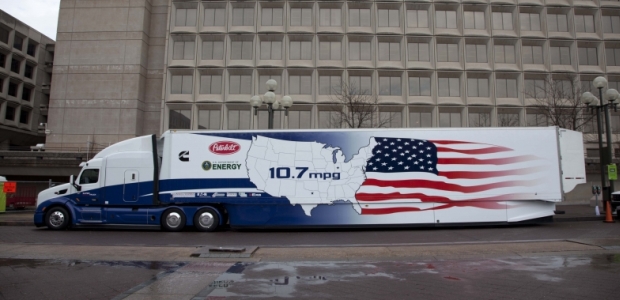
DoE said SuperTruck II projects will research, develop, and demonstrate technologies to improve heavy-truck freight efficiency by more than 100 percent when compared with a manufacturer's best-in-class 2009 truck, with an emphasis on technology cost-effectiveness and performance.